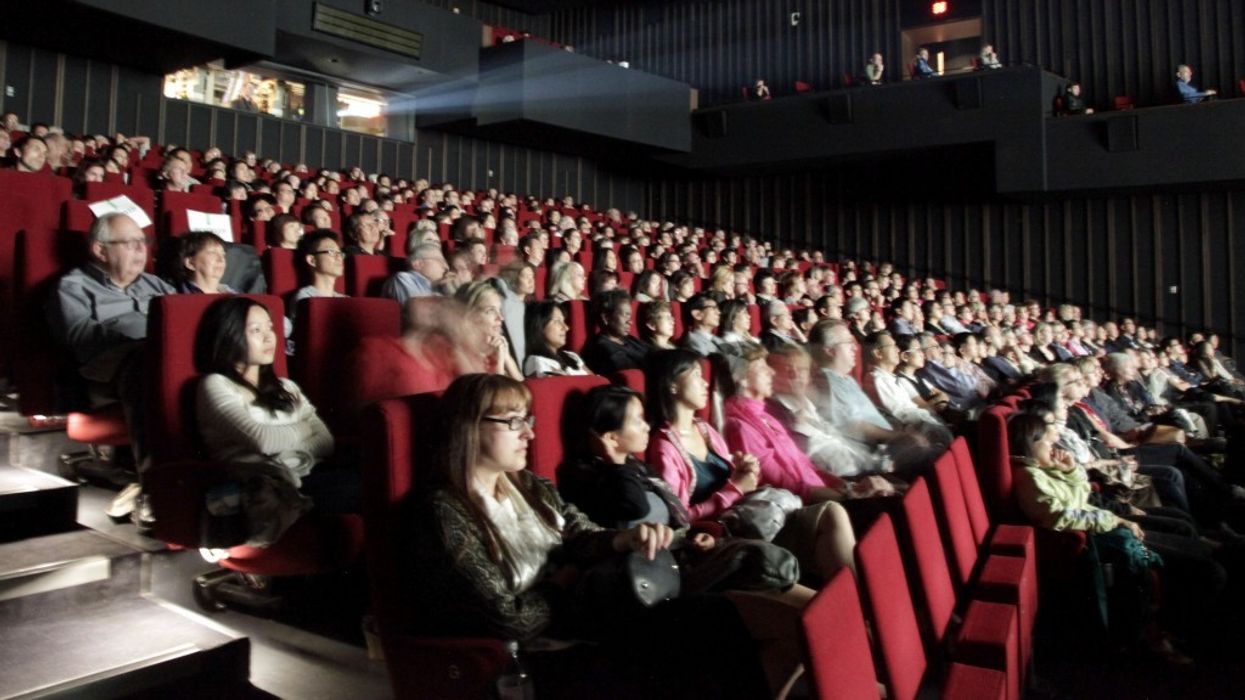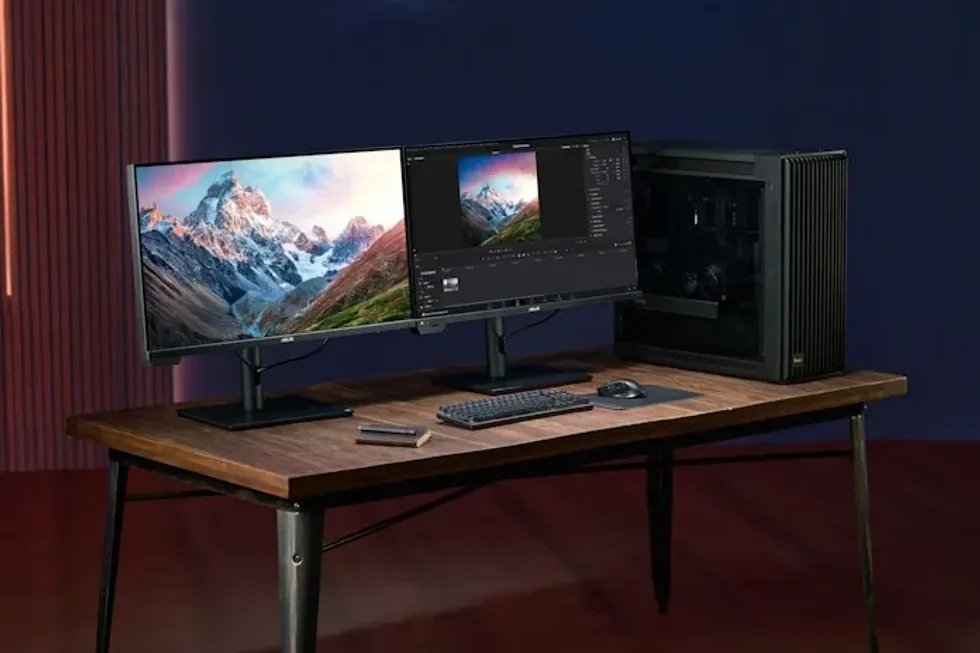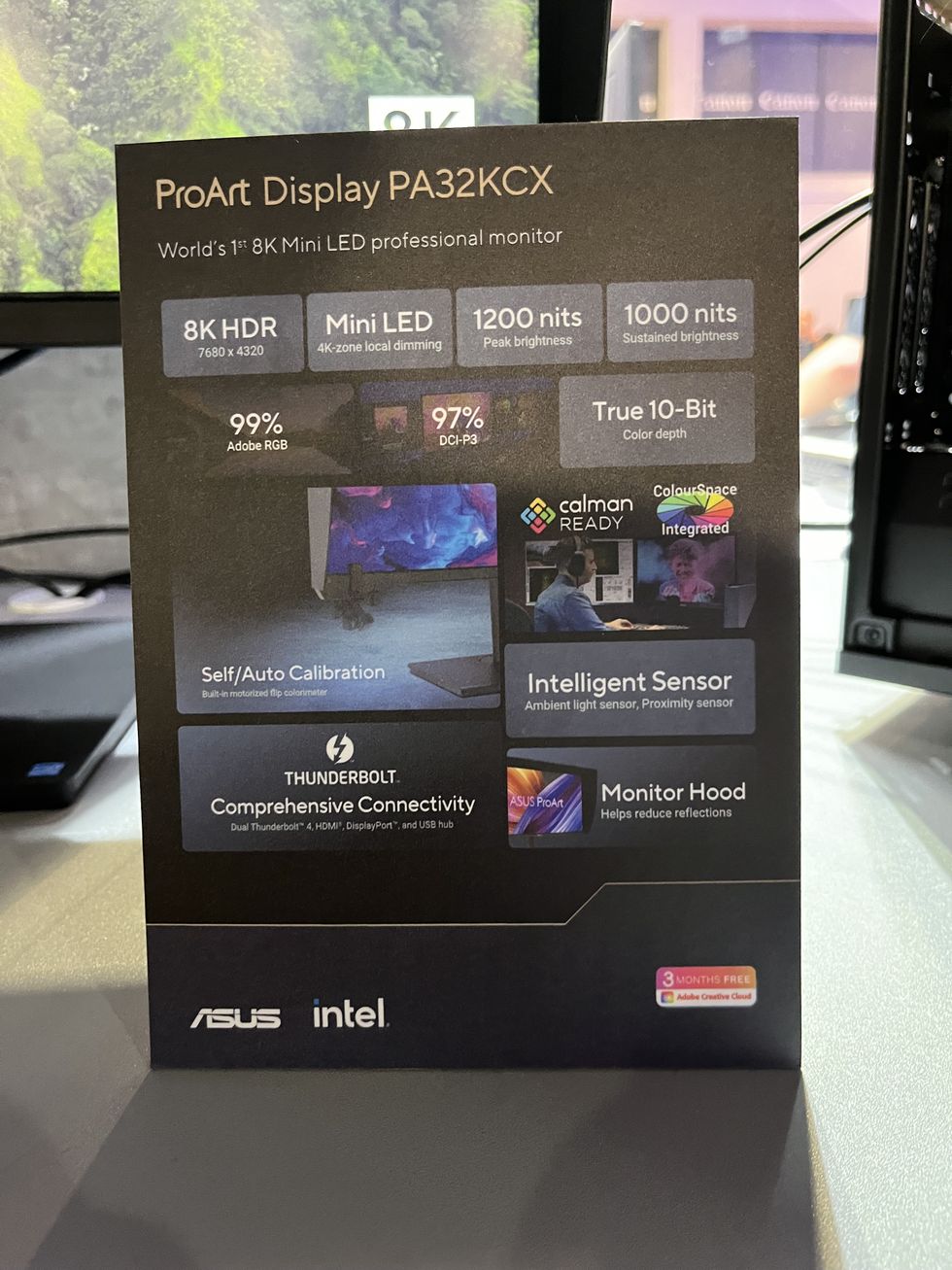The Battle Over 'The Screening Room' Exposes Hollywood's Age-Old Achilles Heel
Hollywood's split over 'The Screening Room' is just one more battle in a war that's been going on since 1947.

Last month, we reported on 'The Screening Room', a new service that plans to offer first run theatrical features on demand with no waiting period, for $50. The ensuing battle for audience allegiance is nothing new in Hollywood.
In 1930, the first year of the Great Depression, "weekly cinema attendance was 80 million people, approximately 65% of the resident U.S. population," according to Issues in Political Economy.
Hollywood responded to the Depression with films full of wish fulfillment and fantasies of abundance. Filmmakers and choreographers like Busby Berkley turned out fantasy musicals like Golddiggers of 1933, dreamlike masterpieces that instantly became a part of Hollywood's DNA, with Ginger Rogers singing songs like "We're in the Money," which was true only in Hollywood at the time.
Movie attendance continued through the economic boom that occurred during World War II: America's vast land and resources made the Allied Victory possible through almost total industrial mobilization of the population (either you were fighting or you were working for the war effort), but Americans had little opportunities to spend their money because of the intense rationing. And studio-produced newsreels that screened before the feature presentations provided unprecedented motion-picture access to the war—a war taking place oceans away, on two fronts; to many Americans, newsreels and propaganda films brought the reality of conflict home.
During the years of the war, roughly 287 films a year were released, and the average ticket price was 34 cents (today, that would be $4.15.) The reason for these cheap prices was that until 1948, studios could own movie theaters. "In the old business model, studios had regionalized audiences, which influenced their film production choices," writes Keith Humphreys. For instance, the surfeit of sophisticated musical comedies from MGM/Loews can be attributed to their theaters' locations in New York City and the Northeast, as opposed to 20th Century Fox, who owned theaters in more rural areas.
It could be argued, really, that without United States v. Paramount Pictures, there wouldn't be an indie film industry at all.
United States v. Paramount Pictures was a case wherein the Supreme Court ruled that the Big Five studios (Loews/MGM, Paramount, 20th Century Fox, Warner Brothers, and RKO) constituted a de facto oligopoly and violated the Sherman Anti-Trust Act. At their peak, the Big Five controlled 96% of the film market, forcing independent theater owners to book their films, shorts, newsreels and other content, or lose access to a studio's product entirely; this made life exceptionally difficult for independent distributors. It could be argued, really, that without United States v. Paramount Pictures, there wouldn't be an indie film industry at all. The case also is arguably the reason that concessions got so expensive.
In 1946, there were 6,000 TV sets in the United States, a number which rose to some 12 million by 1951. According to Mitchell Stephens, "No new invention entered American homes faster than black and white television sets; by 1955 half of all U.S. homes had one." At the same time, journalists like Edward R. Murrow, who famously took down Senator Joseph McCarthy (a battle chronicled in Good Night and Good Luck), turned TV into a source of news distinct from newsreels and the radio.
Hollywood countered with innovations meant to distinguish it from TV; film became more spectacular and dependent upon theatrical extravagance, as TV perfected live drama.
One of Hollywood's innovations was a change in aspect ratio to increasingly complicated widescreen formats like Cinemrama. Prior to 1953, most Hollywood films were 4:3, and TV followed suit, but now Hollywood not only changed the aspect ratio of its films, it introduced innovations like Smell-O-Rama and early 3D.
In 1967, Bonny & Clyde (directed by live TV drama Playhouse 90 alumnus Arthur Penn) featured a slow-motion death sequence that set new standards in what could be shown on screen; a year later, the moribund Production Code was replaced by the MPAA system and Hollywood films turned edgier, with major studios courting the counterculture.
It wasn't until advent of blockbusters like Jaws in 1975 that Hollywood would find its dominant paradigm, one that has existed until today: the tent-pole, summer blockbuster, the film around which all others revolve. The home video market of the 1980s was controlled by the delay between a film's release and its appearance on home video. During this era, chains like Blockbuster were a vital and massive part of the film industry.
"I think the metrics on that are very impressive and they're targeting groups that actually don't go to the movies at all."
-J.J. Abrams
The next major industry disruption was the internet, which brought streaming services like Netflix. Blockbuster disappeared, and studios have been forced to shorten the distance between theatrical release and VOD availability even further. The latest salvo in this decades-long war is coming from Napster co-founder Sean Parker, who wants to erase the gap between big and small screen with his venture 'The Screening Room.' Currently, battle lines are being drawn: on one side, supporters like Peter Jackson and J.J. Abrams, who told The Hollywood Reporter: "I think the metrics on that are very impressive and they're targeting groups that actually don't go to the movies at all." However, they are opposed by the National Alliance of Theater Owners, as well as James Cameron, Christopher Nolan, Roland Emmerich and Brett Ratner, to name a few.
So far, only AMC Entertainment has signed a letter of intent to do business with 'The Screening Room', with others expressing serious reserves. For their part, 'The Screening Room' says they plan to remunerate studios and theaters, with exhibitors seeing "$20 of every $50 spent to rent a film for 48 hours via an encrypted set-top box costing $150."
Only time will tell what happens during this latest battle, one in a media war that has been raging since the end WWII. Stay tuned.

















